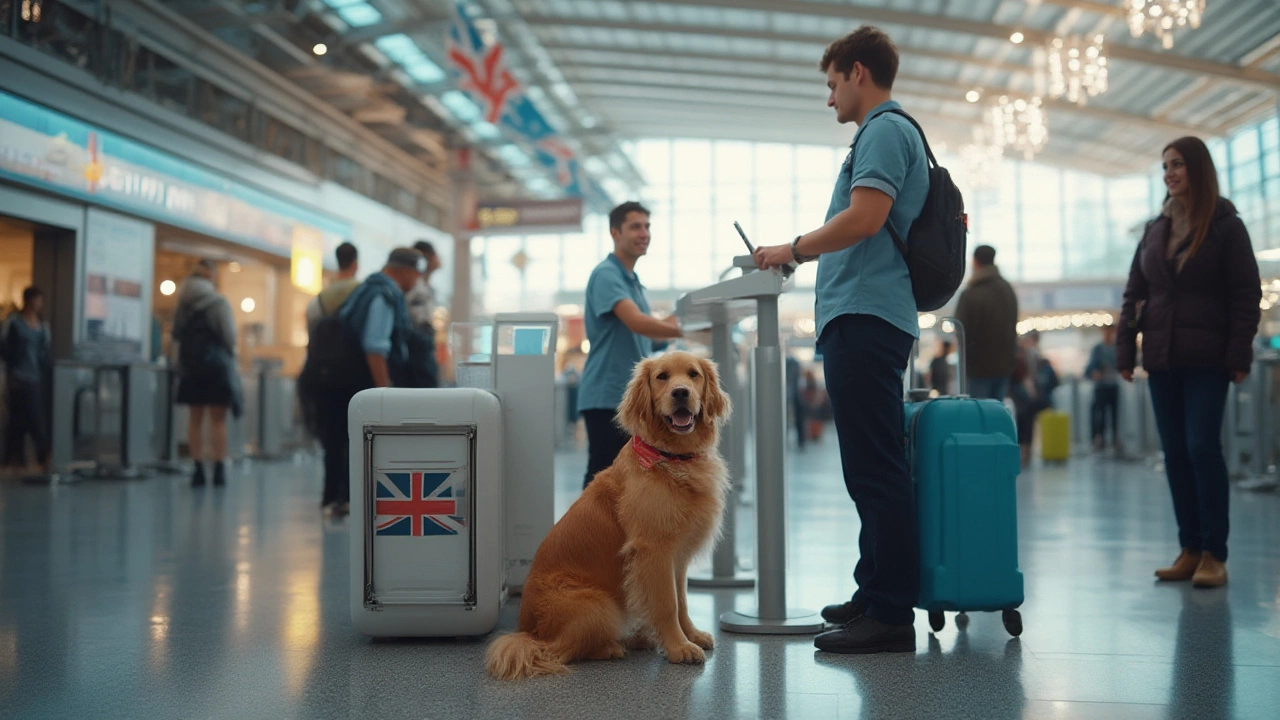Bring a Pet on a Plane: Your Easy Guide
Traveling with a dog, cat or small pet can feel like a major hassle, but it doesn’t have to be. With a few practical steps you can get through check‑in, security and the flight itself without losing your cool. Below you’ll find the basics – from picking the right carrier to handling the airport queue – so you and your furry friend can enjoy a smooth journey.
Choosing the Right Carrier
The carrier is the heart of pet travel. Most airlines require a hard‑sided, well‑ventilated crate that fits under the seat in front of you. Measure the length, width and height of the airline’s under‑seat space (usually around 45 cm × 30 cm × 25 cm) and compare it to your pet’s size. Your pet should be able to stand, turn around and lie down comfortably.
Pick a carrier with a secure latch and a leak‑proof bottom. A soft‑sided carrier works for cabin travel as long as it meets the airline’s dimensions, but a hard case is safer for checked baggage. Add a familiar blanket or a toy to keep your pet calm, and label the crate with your contact details, flight number and “Live Animal” stickers.
What to Expect at the Airport
Arrive early – at least two hours before a domestic flight and three hours for an international one. This gives you time to check the pet policy at the airline desk, pay any fees (usually £30‑£50 for a cabin pet, more for checked cargo), and get the necessary paperwork. Most airlines ask for a health certificate issued within ten days of travel.
When you reach security, you’ll be asked to take your pet out of the carrier and walk it through the metal detector while the carrier goes on the X‑ray belt. Keep the leash short and stay calm; pets sense your anxiety. Once through, head to the gate, place the carrier under the seat, and make sure it stays upright for the whole flight.
If your pet is traveling in the cargo hold, confirm the temperature range and handling procedures with the airline. Choose a flight with minimal layovers, and ask the staff to note any special needs (e.g., a senior dog or a pet on medication). Many airlines will give you a call when the cargo area is ready for loading.
During the flight, keep the carrier’s opening closed and avoid opening it unless the flight crew asks. Offer water before take‑off and after landing, but don’t over‑feed – a light snack is fine. If your pet gets nervous, a few gentle pats on the carrier’s side can help.
After landing, wait for the cabin crew’s signal before retrieving the carrier. If you’re in cargo, head to the baggage claim area designated for live animals. Check the pet’s condition, give a drink, and praise them for a job well done.
Following these steps makes the whole process feel routine rather than a nightmare. Remember: the key is preparation – know the airline’s rules, pack the right carrier, and give yourself plenty of time at the airport. With a calm attitude and a solid plan, bringing a pet on a plane becomes just another part of the adventure.
Posted By Bryndle Redding On 5 Jul 2025 Comments (0)
Pet Travel Costs: What to Expect When Flying With Your Furry Friend
Want to bring your pet on a plane? Learn about the real costs, airline rules, and clever tips for stress-free travel with your furry friend.
READ MORE